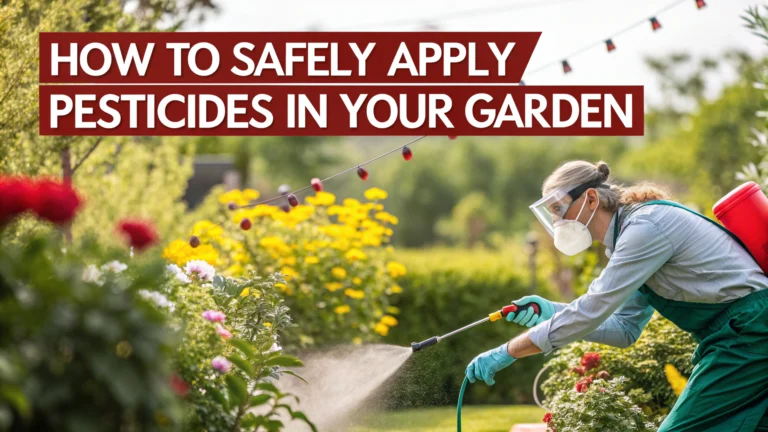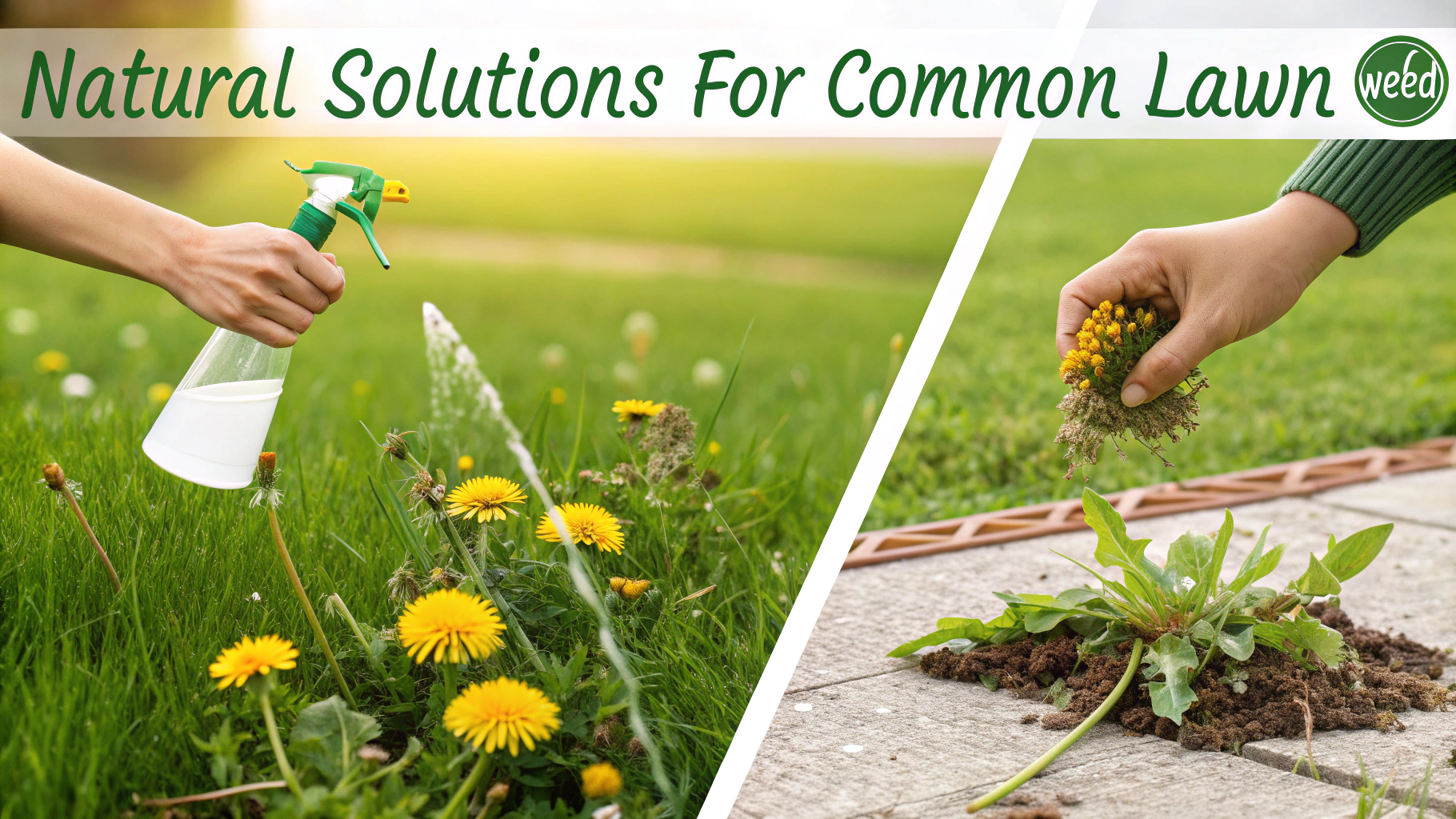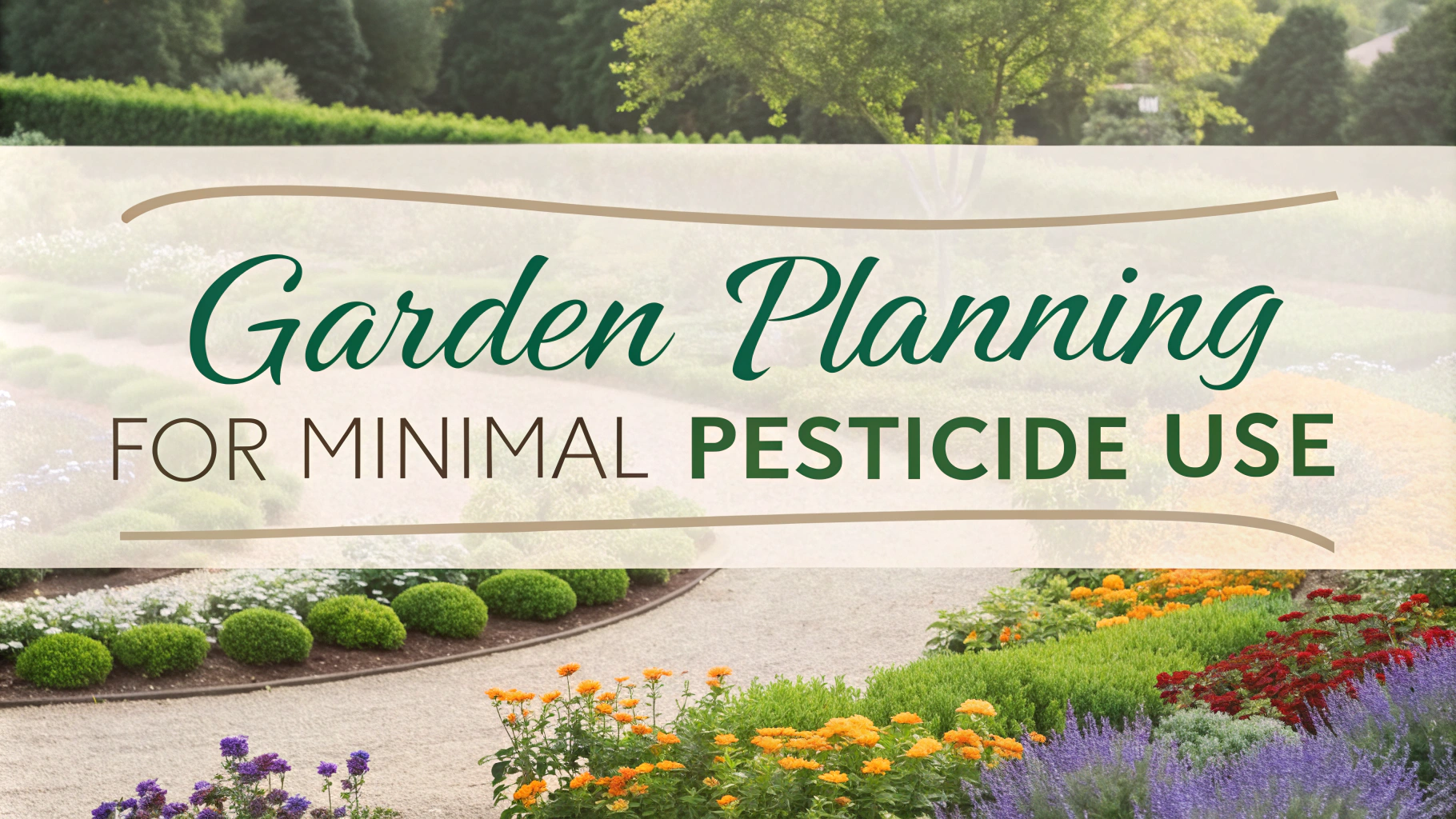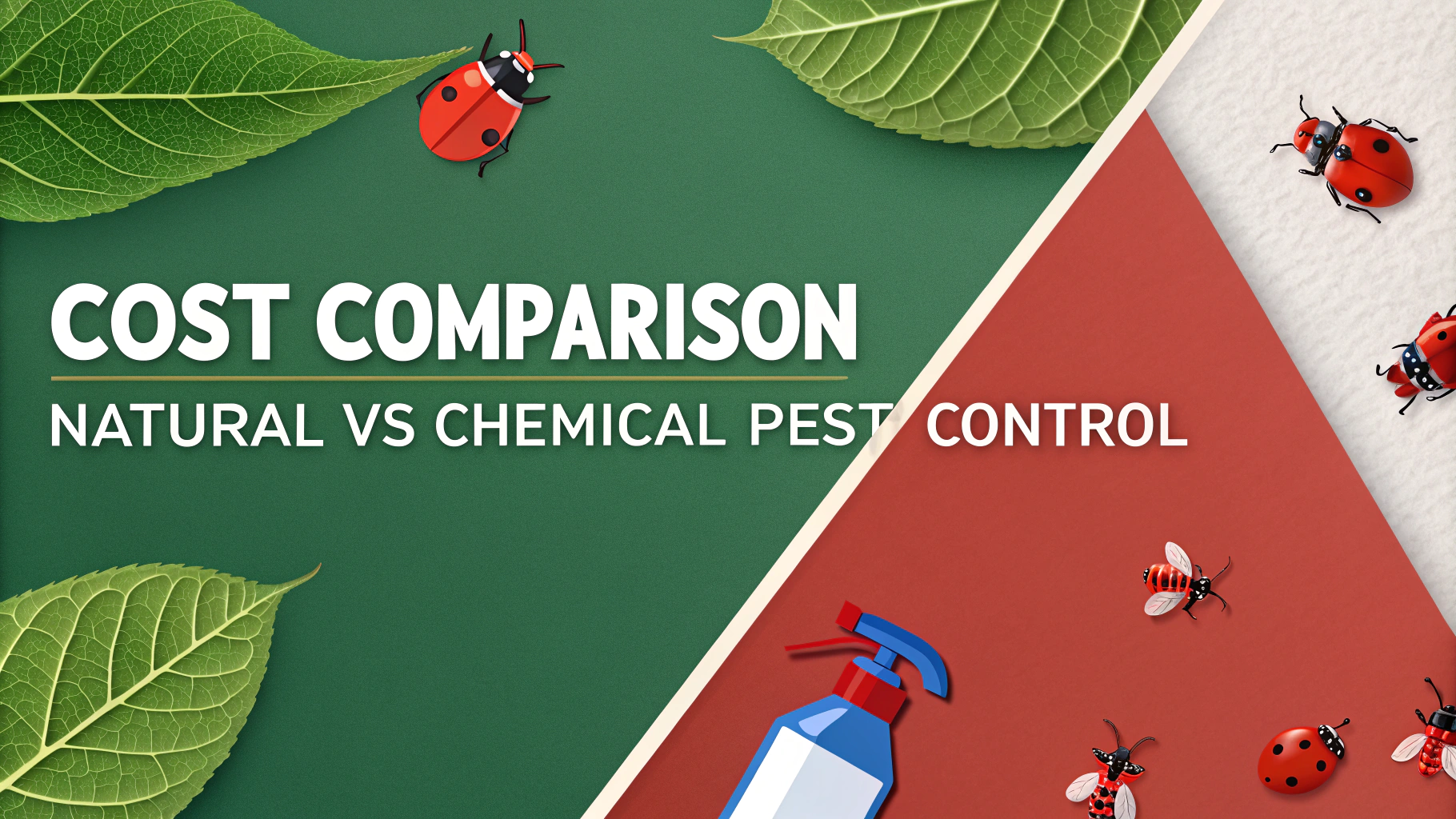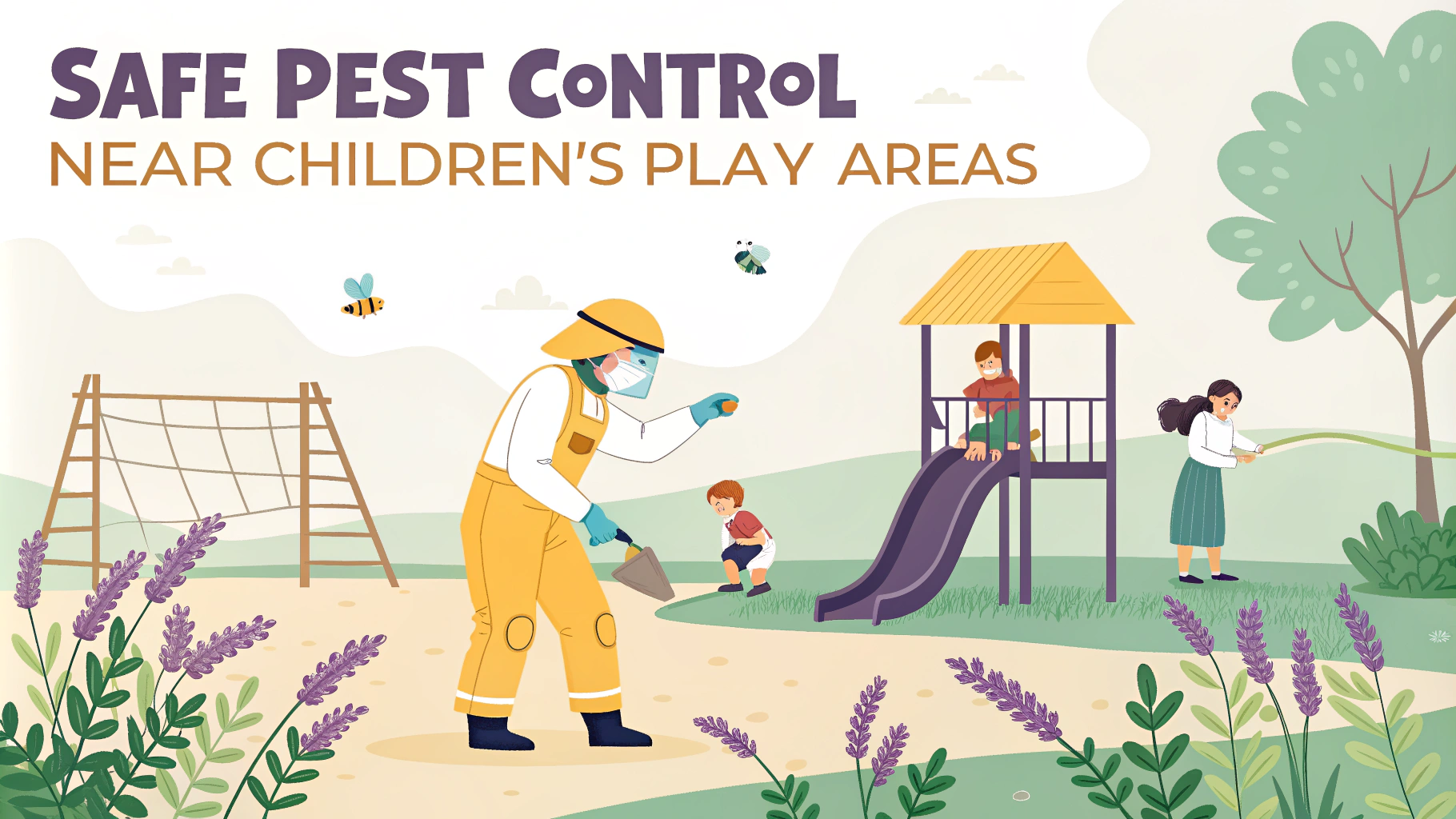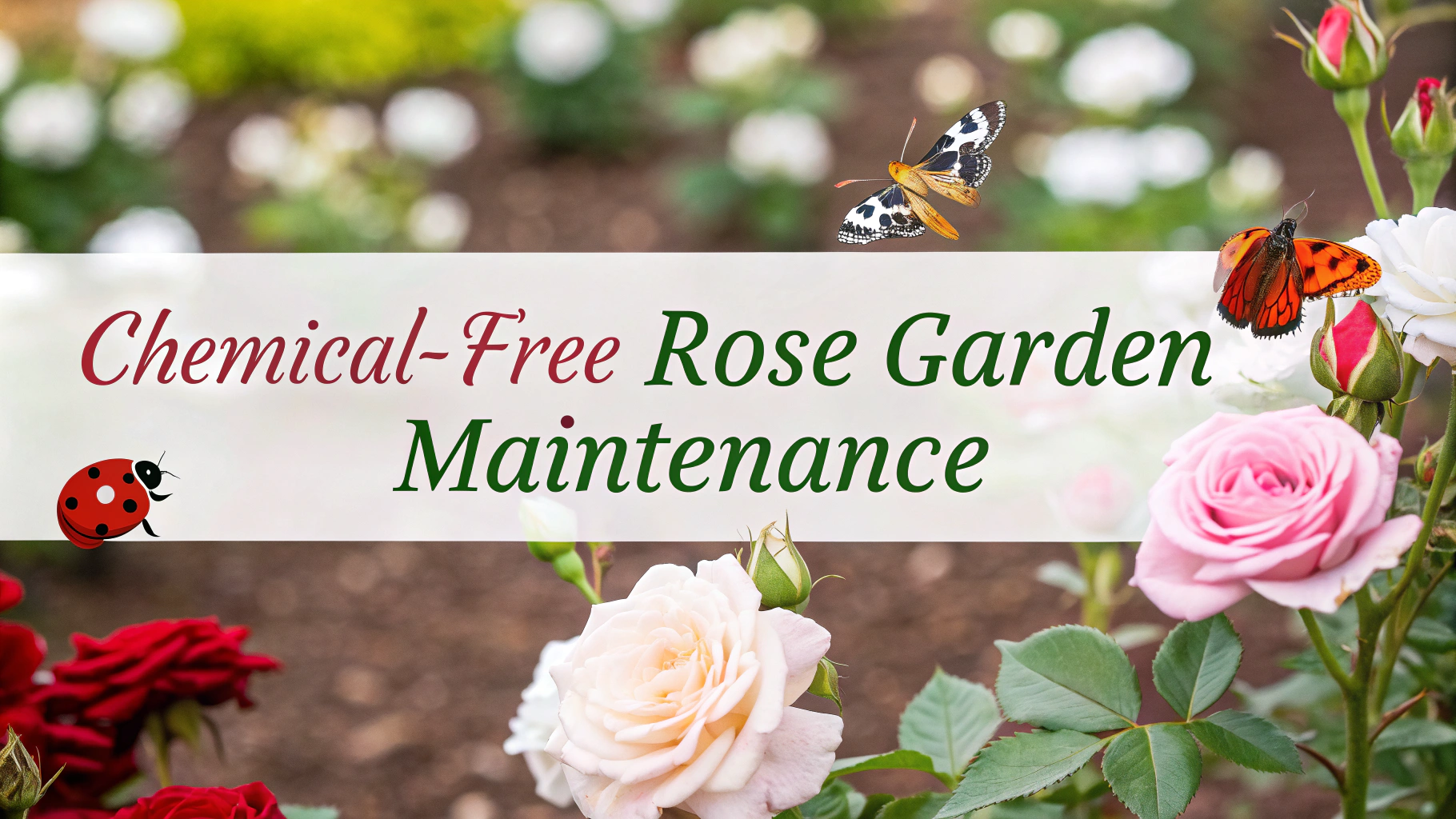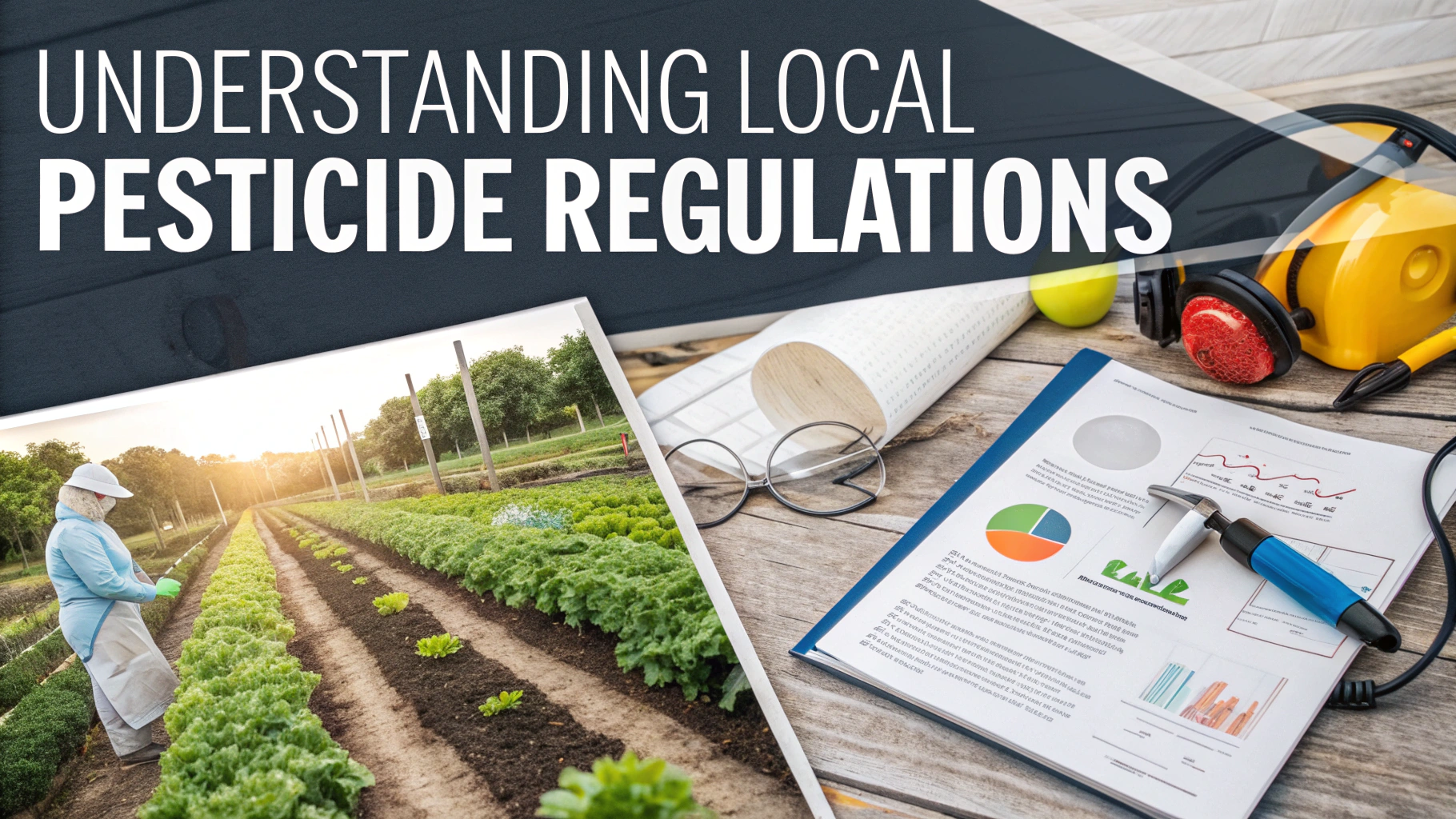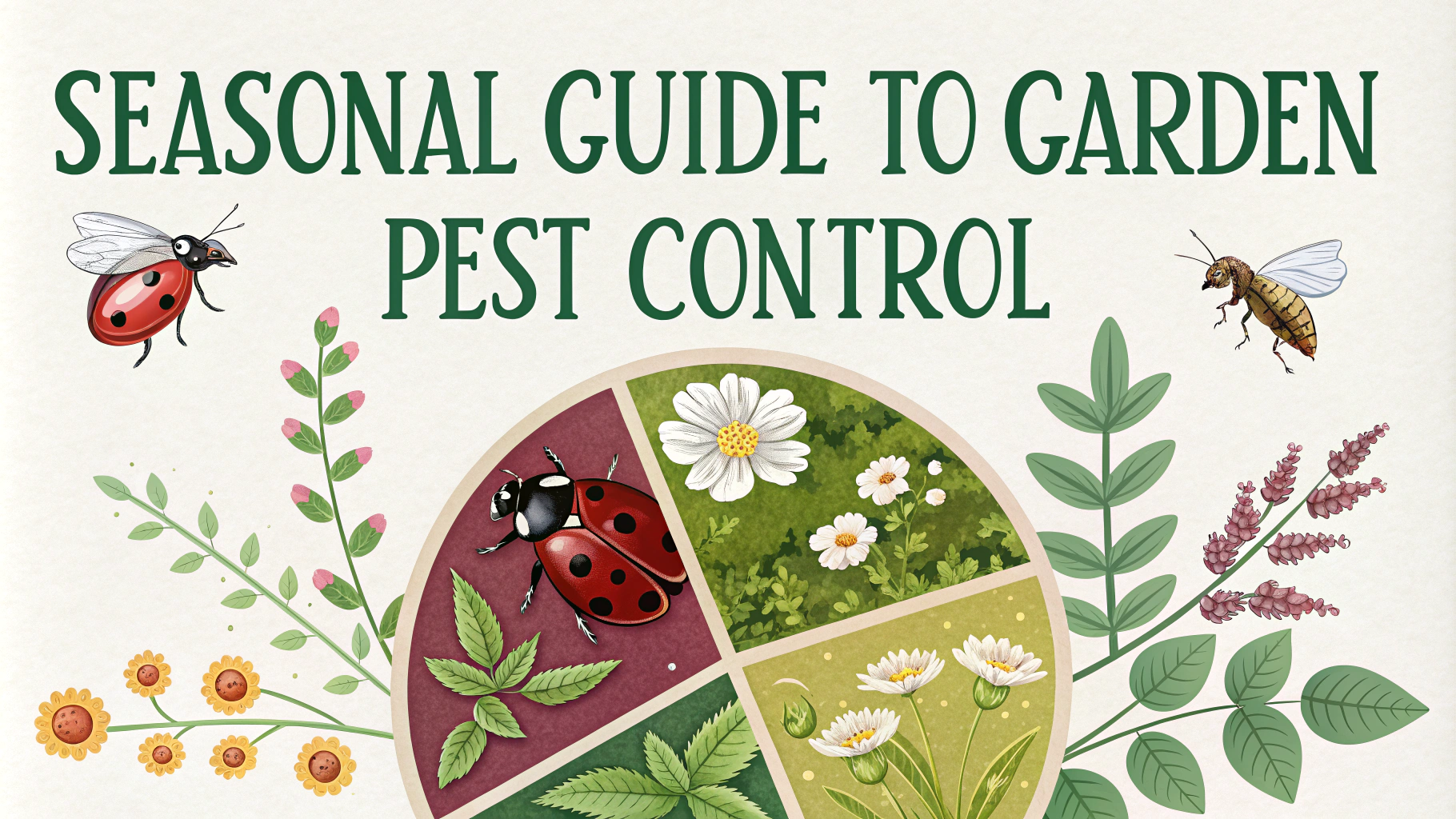Safe pesticide application is essential for protecting both your garden and your health.
Before You Start
Always read the entire product label before using any pesticide.
- Check weather conditions – avoid windy days or before rain
- Wear protective gear: gloves, long sleeves, pants, closed shoes
- Keep children and pets away from treatment areas
- Have clean water nearby for emergency washing
Safety Equipment Checklist
- Chemical-resistant gloves (nitrile recommended)
- Face mask or respirator rated for pesticides
- Eye protection
- Long-sleeved shirt and pants
- Boots or closed-toe shoes
- Hat or head covering
Application Tips
Mix pesticides outdoors or in well-ventilated areas only.
- Start with the lowest recommended concentration
- Apply in early morning or late evening
- Spray downwind to avoid exposure
- Focus on plant undersides where pests often hide
After Application
Mark treated areas with flags or signs to warn others.
- Clean all equipment thoroughly
- Wash protective gear separately from regular laundry
- Store pesticides in original containers
- Keep pesticides locked away from children and pets
Emergency Contacts
Keep these numbers readily available:
- Poison Control Center: 1-800-222-1222
- Local Emergency: 911
- EPA National Pesticide Information Center: 1-800-858-7378
Natural Alternatives
Consider these organic options before chemical pesticides:
- Neem oil for insects and fungal diseases
- Insecticidal soaps for soft-bodied pests
- Beneficial insects like ladybugs and praying mantises
- Companion planting (marigolds, basil, lavender)
Remember: The safest pesticide application is no pesticide at all – try natural pest control methods first.
| Common Pest | Natural Solution |
|---|---|
| Aphids | Strong water spray, ladybugs |
| Caterpillars | Bacillus thuringiensis (Bt) |
| Spider Mites | Neem oil, predatory mites |
Storage Guidelines
Proper pesticide storage is crucial for maintaining safety and effectiveness.
- Store in original containers only
- Keep in a locked, well-ventilated cabinet
- Maintain temperatures between 40-90°F
- Place away from direct sunlight
- Keep detailed inventory of stored products
Environmental Protection
Minimize environmental impact during pesticide application:
- Avoid spraying near water sources
- Follow local regulations for disposal
- Never pour leftover pesticides down drains
- Consider impact on beneficial insects
- Create buffer zones near sensitive areas
Record Keeping
- Date and time of application
- Product name and rate used
- Weather conditions
- Target pest and area treated
- Effectiveness of treatment
Conclusion
Safe pesticide application requires careful planning, proper protection, and responsible execution. Always prioritize natural solutions and integrated pest management before choosing chemical pesticides. When pesticides are necessary, follow all safety guidelines and maintain detailed records of applications. Remember that protecting yourself, others, and the environment is as important as controlling the target pests.
Final Safety Reminder: If you’re unsure about any aspect of pesticide application, consult with local agricultural extension services or professional pest control experts.
FAQs
- What personal protective equipment (PPE) should I wear when applying pesticides?
Always wear long sleeves, long pants, closed-toe shoes, chemical-resistant gloves, protective eyewear, and a respiratory mask rated for pesticides. Ensure clothing is laundered separately after application. - What is the best time of day to apply pesticides?
Apply pesticides early morning or late evening when temperatures are cooler, winds are calm (below 10 mph), and bees are less active. Avoid application during hot afternoons or when rain is forecast within 24 hours. - How can I prevent pesticide drift to other plants and areas?
Use coarse spray settings, maintain proper spray distance, apply when wind is minimal, use spray shields when necessary, and avoid spraying near water sources or flowering plants that attract pollinators. - How should I properly store pesticide products?
Store pesticides in their original containers in a locked, well-ventilated area away from food, children, and pets. Keep them at moderate temperatures, off the ground, and away from direct sunlight. - How do I correctly mix pesticides for application?
Follow label instructions precisely for mixing ratios, use clean measuring tools, mix outdoors or in well-ventilated areas, and never mix different pesticides unless specified on the label as compatible. - What should I do with leftover pesticide mixture?
Calculate mixture needs accurately to minimize leftovers. Any remaining mixture should be applied to labeled sites or disposed of according to local regulations. Never pour pesticides down drains or sewers. - How long should I wait before harvesting vegetables after pesticide application?
Follow the pre-harvest interval (PHI) listed on the pesticide label, which varies by product and crop. This can range from 1 to 14 days or longer, depending on the pesticide used. - What steps should I take if pesticide contacts skin or eyes?
Remove contaminated clothing immediately, wash affected skin thoroughly with soap and water for 15 minutes. For eye contact, flush with clean water for 15 minutes and seek immediate medical attention. - How should I properly clean my pesticide application equipment?
Triple rinse all equipment after use, clean nozzles and filters thoroughly, dispose of rinse water according to label instructions, and store equipment in a clean, dry place away from other garden tools. - What are the signs of pesticide poisoning?
Common symptoms include headache, dizziness, nausea, excessive sweating, difficulty breathing, and skin irritation. If symptoms occur, seek immediate medical attention and bring the pesticide label.
